The global demand for LNPs is soaring. Valued at US $789.0 million in 2022, the global LNP market is expected to ramp up to US $3.3 billion by 2033 (Future Market Insights 2022 report). This rapid growth may come as no surprise to those in the pharmaceutical and cosmeceutical industries due to the various benefits LNPs offer.
Lipidic nanoparticle advancements are responsible for the success of COVID-19 mRNA vaccines that have saved millions of lives. And the advantages of LNPs go far beyond vaccine delivery. They help improve drug delivery in targeted therapies, reduce the risk of toxicity, and even facilitate the uptake of drugs into cells, making them attractive in developing personalized medicines and anti-aging skincare.
However, with rapid market growth, competition is fierce.
To stay ahead of the competition, CDMOs must scale fast and cost-effectively without compromising quality.
This can be especially significant for LNP production because of the high standards in the pharmaceutical industry. Without efficient manufacturing processes, there may be more product wastage and increased costs.
Unfortunately, a massive barrier to growth is the efficient reproducibility of LNP suspensions. A key issue is analyzing particle size distribution in LNP-based suspensions accurately and efficiently.
In this article, let’s learn why and explore a novel way to eliminate wasted steps in the quality control process, which saves time and costs and can help enhance reproducibility.
Challenges measuring particle size and distribution of turbid LNP-based suspensions
Achieving consistent quality in LNP formulation is no easy task. One of the main obstacles lies in the optimization of manufacturing processes because:
- Specialized DLS (dynamic light scattering) equipment is needed to precisely measure LNP particle size and distribution.
- LNPs can be physically unstable and prone to aggregation, which compromises quality.
- Stringent regulatory requirements for LNP-based products in pharmaceutical and cosmeceutical applications require higher accuracy, consistency, and product reliability.
Consistency in quality requires precise and accurate measurement of particle size, shape, composition, and purity across production batches of lipid nanoparticles. However, with such turbid media, there are considerable difficulties in lipidic nanoparticle analysis and estimating RNA concentration in samples.
Moreover, transporting samples from the manufacturing location to a DLS particle size analyzer to measure particle size, molecular weight, and other parameters can introduce more complications.
Moving samples back and forth to measure particle size is highly inefficient, costly, and negatively impacts quality
Transporting turbid lipid nanoparticle-based solutions can cause significant complications and inefficiencies in the entire process because:
- LNP-based suspensions can be delicate, making them susceptible to settling and aggregation when they move around.
- Based on the amount of movement, the suspension may be agitated, and particle size distribution may be altered along the way, rendering the readings inaccurate.
- With each added step, contamination is a serious concern. Lipid nanoparticles are highly sensitive to environmental factors, and the instruments with which samples are collected and transported may skew results and affect overall quality.
- Minor variations in temperature, humidity, or exposure to contaminants can impact the stability and other material characteristics of the LNP suspensions.
- The turbid nature of the LNP formulations makes it hard to perform direct visualization and measurement of particle size. This means manufacturers have to invest in multiple specialized particle size analyzers in cleanrooms for teams to use in different locations, which drives up costs.
Measuring particle size distribution on site and in real-time can reduce redundancies in the manufacturing process
Eliminating the need to transport samples for quality checks can save time and costs and maintain production quality because:
- Without the need to transport samples, there is a much lower risk of sample degradation or alteration.
- The risk of contamination is lowered significantly without the need to change containers or transport samples to a DLS analyzer.
- Scientists can obtain real-time particle size data on site — ensuring accurate and reliable results.
Portable instruments, such as dynamic light scattering (DLS) systems, offer rapid and non-destructive measurements, enabling researchers to assess the particle size distribution without compromising sample integrity.
Improving particle size measurement efficiency and quality of nanoparticle suspensions at high temperatures
Researchers Navarette et al. (2019) used an innovative DLS particle size analyzer to measure the colloidal stability of molten salt-based nanofluids (which use nanoparticles) for the first time.
Using the device, the scientists studied how silica nanoparticles agglomerate when dispersed in different bases: water, calcium nitrate, and solar salt.
They compared their results with a traditional DLS analyzer available in the market and found that the particle distribution results were similar using both types of particle size analyzers.
The DLS VASCO-KIN particle size analyzer featured an optical laser head that could be taken to the turbid samples located remotely instead of having the samples brought to the device.
Benefits of contactless, remote, real-time particle size analysis
By using an innovative time-resolved DLS (dynamic light scattering) instrument like VASCO-KIN™, researchers gain benefits like:
- Efficiency due to remote monitoring: Leverage the contactless remote optical head DLS probe to measure samples in situ.
- Real-time monitoring through measurement in flowcell: Perform nanoparticle synthesis monitoring and analyze lipid nanoparticle agglomeration and nanoparticle suspension stability of suspensions in real-time to get faster insights.
- Continuous results: Get all characterization data related to a reaction in one single and continuous measurement. This way, you get the whole picture without breaks or measurement errors.
- Variable particle size measurements: Measure even the smallest nanoparticles — from 0.5 nm to 10 µm in a concentration range of up to 40%wt.
- Unprecedented flexibility: The device’s small footprint, ease of movement, and ability to integrate into harsh environments allows ease of use, efficiency, and adaptability.
About VASCO-KIN™ Particle Size Analyzer
VASCO-KIN™ is a next-generation particle size analyzer with a time-resolved instrument that allows you to perform accurate kinetic analysis in nanotechnology.
Using the in situ and contactless remote head, you can measure your liposome and lipid nanoparticles where you prepare your samples; there’s no need to move or disturb them.
The instrument has a frequency stabilized laser and artifact-free avalanche photodiode (APD) detector for high measurement accuracy and extremely low scattering samples.
VASCO-KIN™’s user-friendly software platform Nanokin™ gives you single and continuous measurement readings for all particle characterization data, including size distribution, scattered intensity, correlograms, and much more.
You may want to consider VASCO-KIN™ to measure lipid nanoparticles and lipid-based nanocarriers in research. Based on enhanced mathematical models, the DLS particle size analyzer offers high reliability of results and a 2D color map of particle size distribution over time — valuable insights to propel product quality forward.
Inefficient particle size measurement can lead to variations in the quality of lipid nanoparticles (LNP), which may result in wasted product, time, and increased costs.
Achieving consistent quality is crucial for scalability and maximizing LNP manufacturing.
Learn how VASCO-KIN™can boost efficiency in your LNP formulations at www.nanoexact.io.
Sources:
[1] S. Ghosh, “Lipid nanoparticles market,” Futuremarketinsights.com. [Online]. Available: https://www.futuremarketinsights.com/reports/lipid-nanoparticles-market. [Accessed: 27-Nov-2023].
[2] M. Mehta, T. A. Bui, X. Yang, Y. Aksoy, E. M. Goldys, and W. Deng, “Lipid-based nanoparticles for drug/gene delivery: An overview of the production techniques and difficulties encountered in their industrial development,” ACS Mater. Au, vol. 3, no. 6, pp. 600–619, 2023.
[3] R. E. Young, S. I. Hofbauer, and R. S. Riley, “Overcoming the challenge of long-term storage of mRNA-lipid nanoparticle vaccines,” Mol. Ther., vol. 30, no. 5, pp. 1792–1793, 2022.
[4] N. Navarrete, A. Gimeno-Furió, J. Forner-Escrig, J. E. Juliá, and R. Mondragón, “Colloidal stability of molten salt –based nanofluids: Dynamic Light Scattering tests at high temperature conditions,” Powder Technol., vol. 352, pp. 1–10, 2019.


